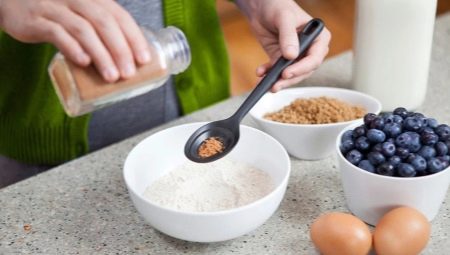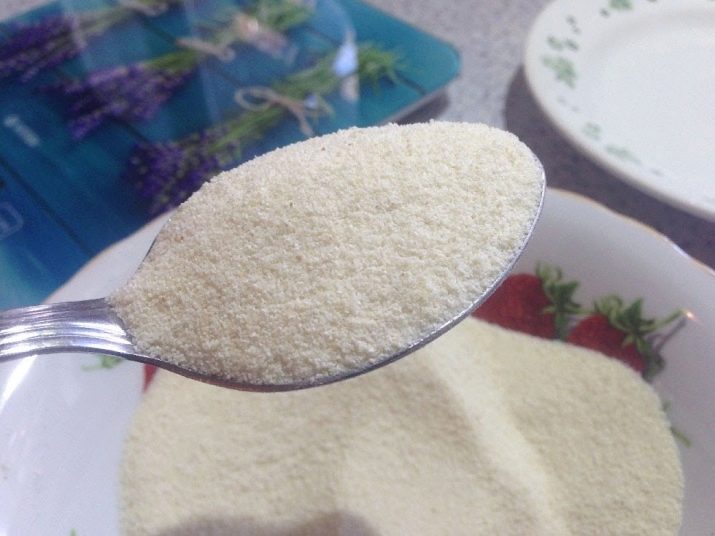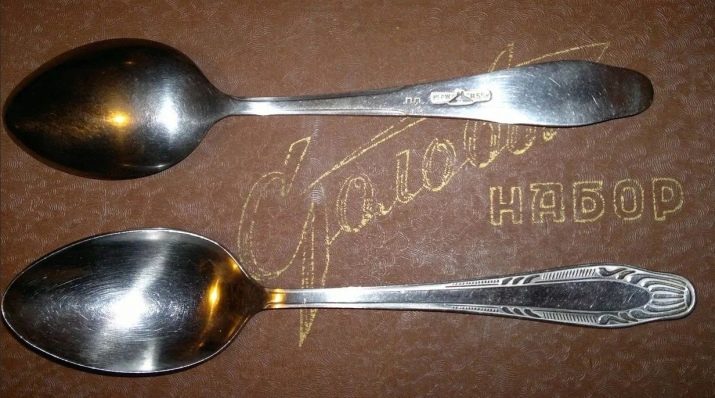Measures of weight in spoons

How often those who cook at home have to deal with the exact measure of weight when preparing a particular dish. Cookbooks and other recipes from a variety of sources always provide clear weight recommendations, but it is not always easy to figure out how to measure the exact amount, especially if you don't have a measuring cup or scale on hand. In this article, we will pay attention to this issue.

How to measure the amount of food?
Not every housewife has a special scale in the kitchen that shows the exact amount of an ingredient. However, do not be upset - with the help of spoons, you can calculate grams or milliliters of the product with a minimum error. As you know, there are tea, coffee, dessert and table spoons. Dessert and coffee, as a rule, rarely measure. A coffee spoon differs from a teaspoon only in its smaller size. When describing the recipe, teaspoons and tablespoons are mainly used.

It is worth saying that devices, being the same in purpose, may have a different volume. Now a lot of manufacturers have appeared on the market who focus more on the appearance of kitchen cutlery than comply with a certain GOST, therefore in order to measure a certain weight consumption, use the best spoons "native" from the good old USSR. In any case, the easiest way to measure the volume of any spoon is to fill it with water from a syringe to the brim.
In addition, the volume of a tablespoon varies from country to country. A Russian tablespoon has a volume of 14 to 20 milliliters, in the USA - about 15, and in England - a little less than 14 milliliters. And it should also be borne in mind that milliliters and grams can differ in the same cutlery. For example, a tablespoon of vegetable oil has 16 milliliters and weighs 18 grams.

Liquids
The easiest is to measure liquids. They can be divided into three groups:
- true weight (water, vinegar, wine);
- dense (liquid honey, liquid dairy products, syrup);
- thick mixtures (condensed milk, tomato paste, sour cream).
So, the weight of different liquids in milliliters (ml):
- water - 5 ml / h. l .; 18 ml / st. l .;
- vegetable oil - 5 ml / h. l .; 17 ml / st. l .;
- vinegar - 5 ml / h. l .; 18 ml / st. l .;
- milk - 5 ml / h. l .; 20 ml / st. l .;
- tomato juice - 3 ml / h l .; 14 ml / st. l .;
- condensed milk - 12 ml / h l .; 30 ml / st. l .;
- cream - 10 ml / h. l .; 25 ml / st. l.

Bulk products
Consider examples of the weight of bulk products contained in spoons of different bulk in grams (teaspoon / tablespoon):
- salt - 10/30 g;
- sugar - 10/25 g;
- starch - 10/30 g;
- flour - 5/15 g;
- cocoa - 9/25 g;
- ground coffee - 8/20 grams;
- powdered sugar - 10/25 grams;
- semolina - 6/25 grams;
- cereals - 4/12 grams;
- buckwheat - 8/25 grams;
- rice - 8/20 grams;
- barley grits - 6/20 grams;
- pearl barley - 8/25 grams;
- millet groats - 8/25 grams;
- corn grits - 6/20 grams;
- powdered milk - 10/20 grams;
- gelatin - 5/15 grams;
- lemon acid - 8/25 grams;
- baking soda - 12/28 grams;
- breadcrumbs - 5/20 grams;
- cinnamon - 8/20 grams;
- dry seasoning - 8-10 / 20-30 grams;
- egg powder - 9/25 grams;
- oatmeal (oat flour) - 6/22 grams;
- poppy - 8/18 grams.

Nuts
Nuts are very often used in pastry recipes and salads, and you need to correctly measure their amount in grams. Below are some approximate dosages of crushed nuts (teaspoon / tablespoon):
- hazelnuts - 7/20 g;
- peanuts - 8/22 g;
- almonds - 7/20 g;
- pine nuts - 6/18 g;
- walnuts - 7/20 g.

If we consider whole nuts without shells, shells and membranes (teaspoon / tablespoon):
- peanuts - 8/25 g;
- pine nuts - 4/10 g;
- almonds - 10/30 g;
- hazelnuts - 10/30 g;
- walnuts - 8/25 g.

How to take measurements?
For correct measurements of substances, various liquids must be poured to the very brim, and thicker products, such as jam with berries, sour cream, butter, margarine, must be poured with a slight slide. This also applies to various cereals and bulk. Especially there is no need to tamp and shake them when measuring the dosage, as this can affect the final weight of the product.
It is known for sure that by the measure of one glass, 11 tablespoons of any cereal and 10 tablespoons of salt or sugar are placed in it. When it is not possible to measure a large volume with a glass, use a tablespoon instead.
It is worth remembering that you need to measure products only in dry and fresh form. Agree that wet sugar will be heavier than dry sugar, and lost, fermented kefir is thicker than fresh one. Accordingly, both the weight and the volume will differ from the desired one. Of course, a discrepancy of several grams will not greatly affect the taste and appearance of the dish, but if you make cosmetics, medicinal infusions or syrups, then the dosage accuracy will be very important here.
If there is no desire to buy special cutlery with measured risks for these purposes, then a 20 cubic centimeters syringe will help you. Fill it with water and fill it with a tablespoon. It is believed that in a standard device there are 18 milliliters, and in a teaspoon - 5. Set aside these spoons in a separate place or somehow mark them, and use them later when measuring.


See video tips below on how to measure the right amount of food without weights.








